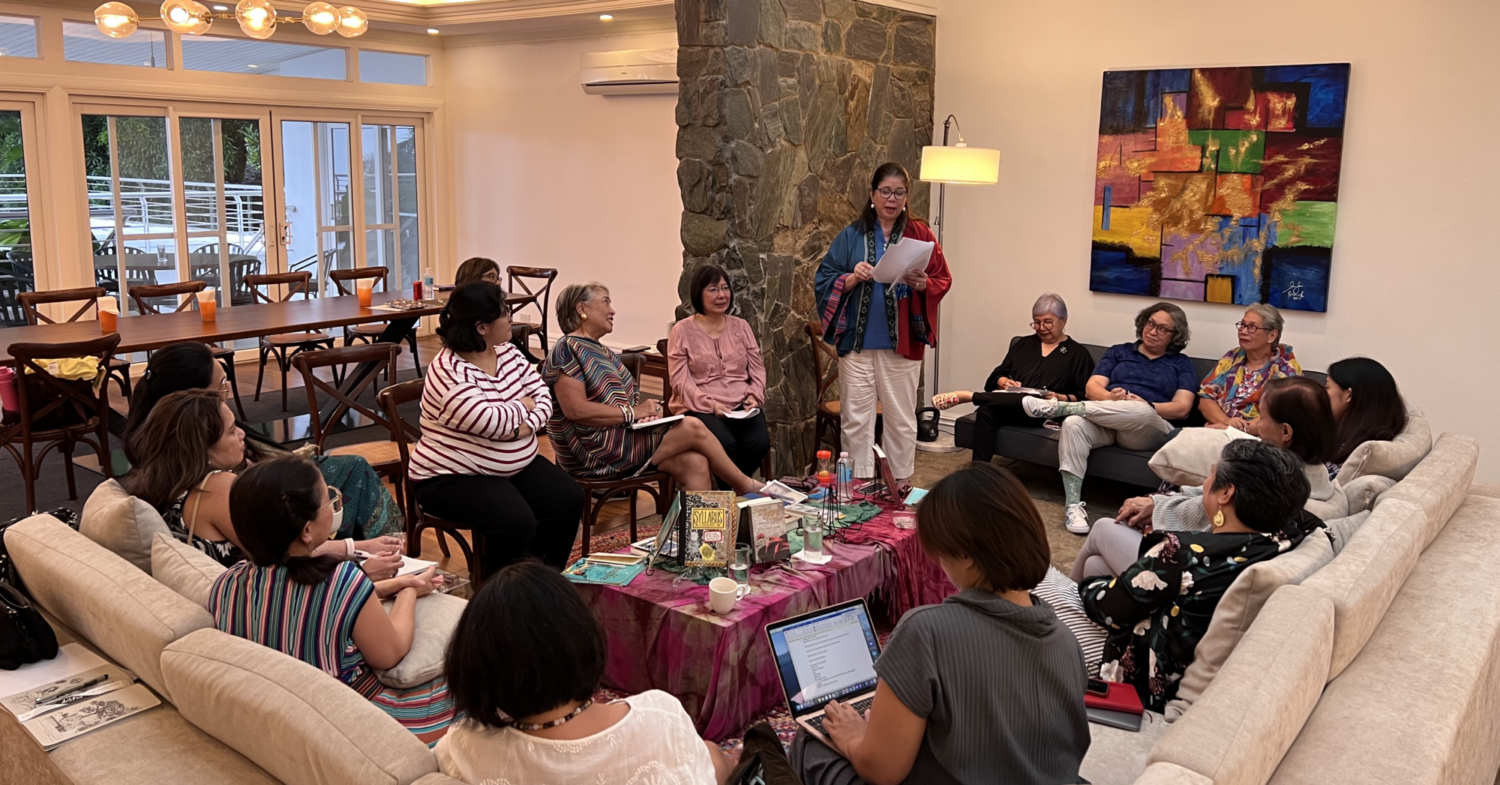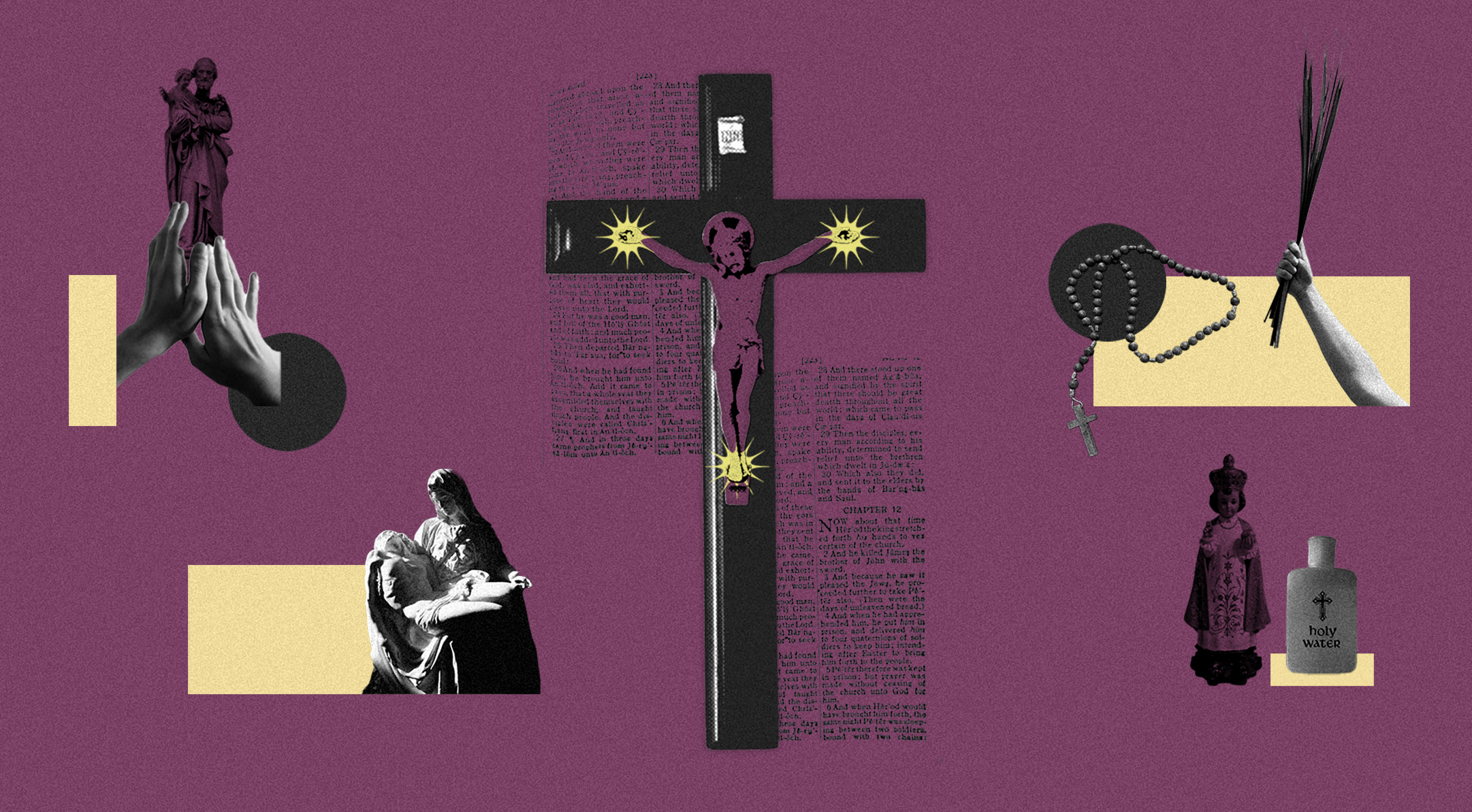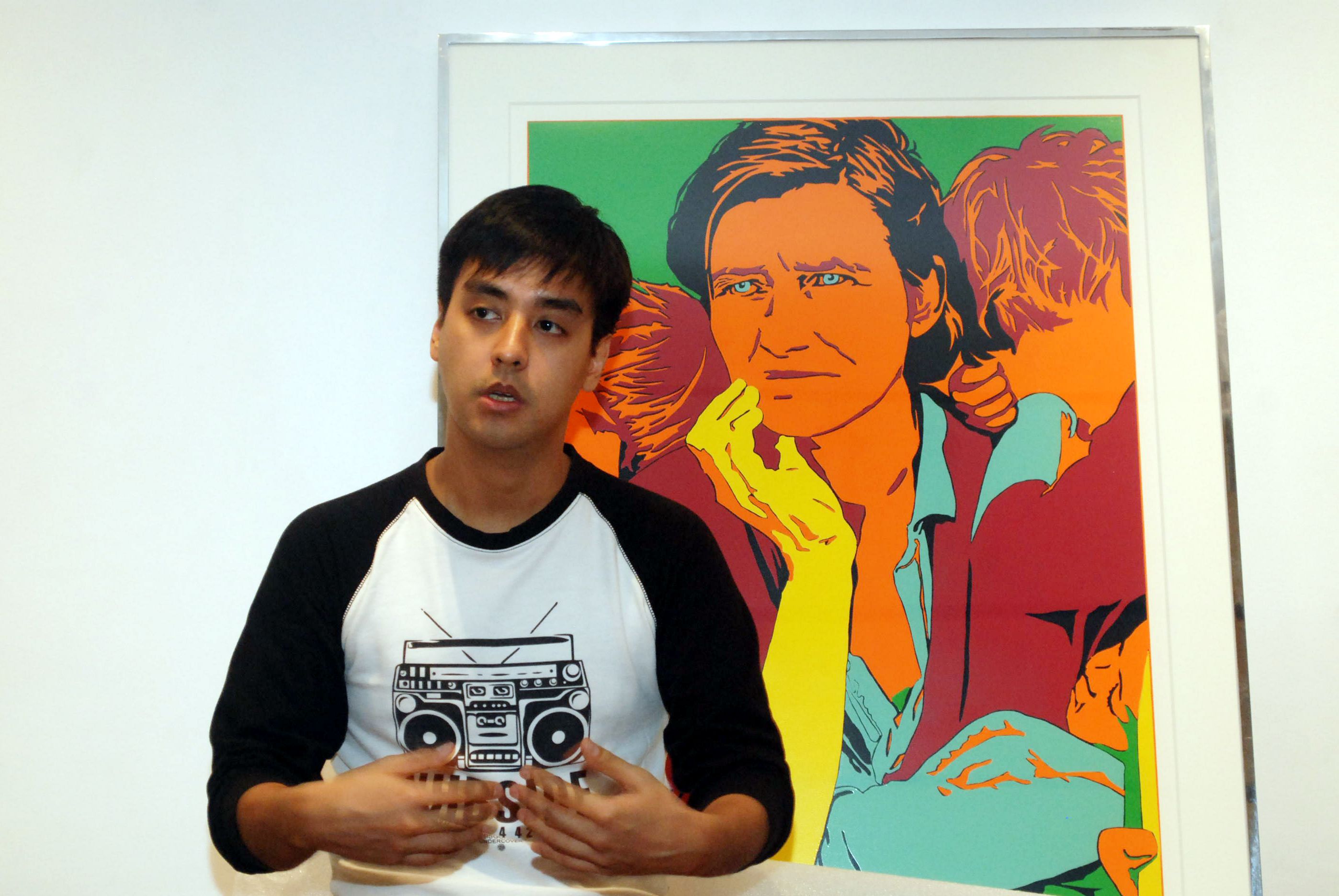There is a famous Gary Larson cartoon from “The Far Side” that depicts heaven and hell.
Upstairs, an angel is welcoming each soul at the gate with a cheery “Welcome to heaven, here’s your harp,” while down below, the Devil greets each of the condemned with “Welcome to hell, here’s your accordion.”
Let’s face it: Most of the time, the accordion gets no respect. More often than not, the “squeezebox” is seen as an object of amusement, a cheesy sound effect brought out for comic relief.
Only a handful of musicians have gone on to world fame playing the accordion. The only ones who come to mind are Astor Piazzola, the Argentine maestro of the tango, and Clifton Chenier of Louisiana, who combined Cajun music with the blues and came up with zydeco.
There is one place where the accordion gets its due, however, and that’s in France, especially Paris.
In the Paris of the mind, time stands still in some nameless, dimly-lit bistro where Edith Piaf duets with Charles Aznavour on the bandstand, as Hemingway tries to drink F. Scott Fitzgerald under the table. Meanwhile, Henry Miller tries to get into Anais Nin’s panties, Pablo Picasso doodles on the table napkins and Jean Paul Sartre argues existentialism with Simone de Beauvoir.
Always, there is an accordionist playing music in a corner.
“Close your eyes and you are in Paris right now,” says the accordionist just before launching into the familiar melody of “La Vie En Rose.”
When we open our eyes, however, we are not in Paris but in La Cuisine Francaise, a cozy French restaurant in Salcedo Village, Makati, where every Friday night Christian Herve regales diners enjoying their Rognons de Veau and Salade de Mesclun with ballades et chansons, accompanying himself on the accordion.
Apart from songs by the immortal Piaf, Herve also performs songs associated with Jacques Brel, Serge Gainsbourg and other popular French singers of the 1950s and 1960s. Many would be familiar to Filipino listeners in their English versions, such as “Les Feuilles Mortes” (“Autumn Leaves”), “Ne Me Quitte Pas” (“If You Go Away”), and “C’est Si Bon.”
It is just as well that Herve has never seen the Gary Larson cartoon, because he has devoted his life to mastering the accordion.
“I’m a Breton, from Brittany in Western France,” he tells us, while on a cigarette break. The Bretons are Celts, he adds, migrating to France from Britain, and his first music was Celtic music.
“I started playing the accordion when I was 7 years old. At that time, I did not want to play it, but my parents wanted me to. I had a private teacher.”
Then in 1981, when he was 18, Herve had a life-changing experience.
“I came to the Philippines for the first time,” he says. “Marcos time. It was my first time to travel. I lived for one year in the Philippines, in Baguio and Boracay, and joined my first rock band.”
In Baguio, Herve had encountered guitarist Bobby Carantes of the pioneering ethnic rock band Bag-iw, and was bitten by the music bug. When he went back to France, Herve began to take music more seriously.
“I began to realize that I could do something with this music, and I started playing it my way, playing rock music with the accordion.”
He dropped out of school to become a full-time musician, sometimes playing on the streets for money, before forming a band.
“I was in a band called Les Clams, which was a rock band with accordion music,” he continues. “We were famous in the 1990s. They say we invented a new style of music which is ‘java rock.’ ‘Java’ is the old style of French ballroom music—java is like a waltz. We did that in our own style, rock style. Now there are many bands doing it in France, but we were the first.”
Les Clams became a phenomenon, playing numerous gigs and releasing albums in France. (The Les Clams saga is told in greater detail, in French, in Herve’s blog at https://hinkala. musicblog.fr). Once his music career began to wind down, however, Herve felt it was time for a change.
“When the success was over, I decided to change my life and come back to the Philippines, just like that, 15 years later,” he says.
“I had a great time when I was here,” he adds. “I was young. I fell in love with the place, and always dreamed of coming back.”
Herve returned in 1997 and found a job teaching music at a French school in Manila. He stayed for a couple of years, went back to Europe, and returned to Manila in 2001. He met restaurateurs Jean and Michele d’Orival, who invited him to play at La Cuisine Francaise, where his accordion adds immeasurably to the ambience on Friday nights.
On other nights, he jams with Filipino musicians such as jazz guitarist Edgar Avenir. He has taught himself to play Tagalog standards such as “Bakya Mo Neneng” on the accordion, and occasionally sings Freddie Aguilar’s “Anak,” accompanying himself on the guitar.
“I like it here,” he says. “If you stay here a long time, it’s hard to adjust to life in Europe.”
Herve has been married twice – the second time to a Filipina – but is single again. He has made himself at home in Manila, speaking just enough Tagalog to get by, and getting around on a Chinese motorcycle like Edith Piaf’s “L’Homme a la Moto.”
The one constant in his life is his accordion. Herve’s instrument is special, custom made for him by the Accordiola company in Belgium. Its frame is made from carbon fiber, which cuts down the normal weight from a back-breaking 15 kilos to only 9. It is also fitted with a MIDI interface, an incongruous high-tech touch on an old-school instrument, which basically transforms it into a synthesizer.
Up close the accordion is more complex than it appears from afar: there are dozens of keys for the left and right hand which the player must operate while working the bellows, pumping air through the reeds that produce the instrument’s trademark sound. It is a lot harder than it looks. As with most keyboard instruments, the left hand plays the chords and the bass line while the right hand plays the melody.
But even without amplification, the accordion produces surprising volume, able to cut through the normal chatter of a crowded bistro. It is no wonder that it became the instrument of choice in Parisian cafes, and subsequently the sound most associated with that city.
One of Edith Piaf’s most famous songs is “L’Accordeoniste,” which tells the story of a “good time girl” (fille de joie) who falls in love with an accordionist. The lyrics describe the accordionist’s “spirited playing and the artist’s long, dry fingers” that go “right through her skin from bottom to top.” But later in the song we learn that the accordionist has gotten himself killed in the war, and hearing the strains of the accordion becomes unbearable for the girl, who in the end cries, “Arretez la musique [Stop the music]!”
Says Herve: “In France they only play one style of music, which is ballroom music, but you can play any kind of music on the accordion. It’s a very complete instrument.”
He demonstrates by playing a tango melody that eventually takes shape as “Adios, Muchachos” (better known under its English title “I Get Ideas”), then stretching out into a bluesy chorus.
“This is one of the hardest instruments to learn,” says Herve. “You have to study one hand first for six months, then the other hand for another six months, and maybe after a year you can play one song. It takes a long time to get something out of this thing.”












































